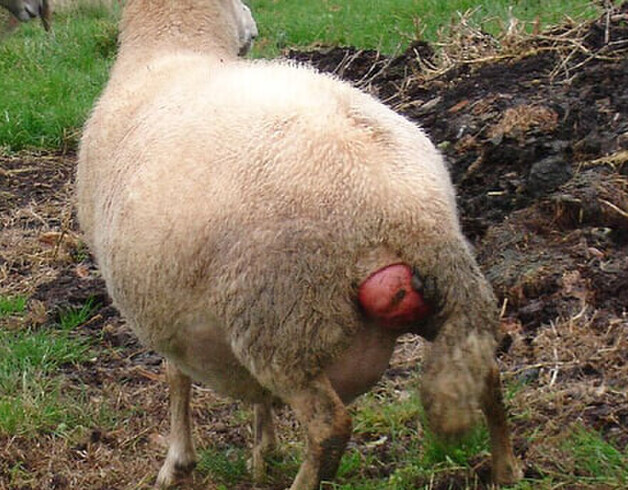What's happening in the world of ewe bearings? Unfortunately we are still limited to what we learnt back in 2001 about bearings in ewes from a trial carried out in Southland and the Hawkes Bay.
The following have been associated with increased risks of bearings in ewes
- Access to salt in late pregnancy
- Feeding swedes late pregnancy
- Moderate to steep paddocks
- Triplet ewes at highest risk, then twins
- Shearing in the first half of pregnancy
You may be able to reduce your risk by keeping triplet (and twin) ewes on flatter paddocks. Get ewes off crop earlier - your singles will generally be OK on crop for longer. and remove salt.
During the study a number of things were identified as NOT associated with risk to bearings;
- Thin vs fat ewes at the end of pregnancy
- Weight gain or loss from scanning to lambing
- Ewe tail length - magnesium levels
- Amount of feed late pregnancy
- Shearing 3 months before mating, or in the second half of pregnancy (protective)
Is this what you see on your farm?
If you do have bearing issues, take a hygienic approach to treatment. Using a mild disinfectant in water to clean the tissue will improve your success rate. Ensure you mark her, as she is likely to have a bearing again next year. Consider the use of anti inflammatories to improve discomfort and success of treatment.
We are a currently, eagerly awaiting the outcome of a 2019 Vitamin D trial that is being conducted in North Canterbury.
- Donna Hamilton

